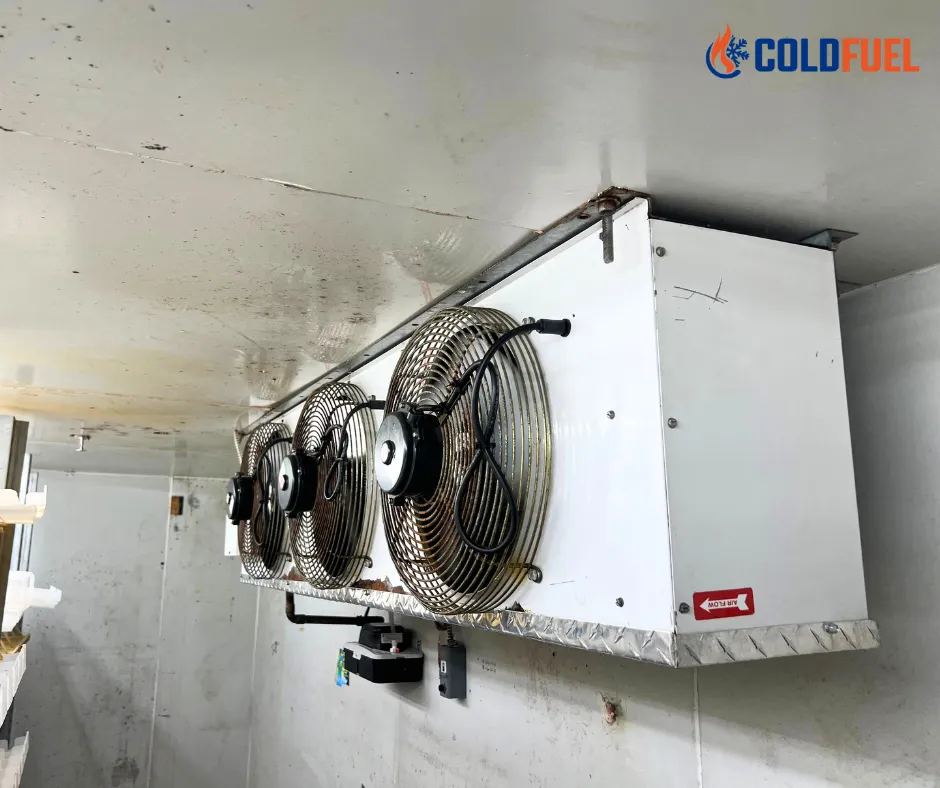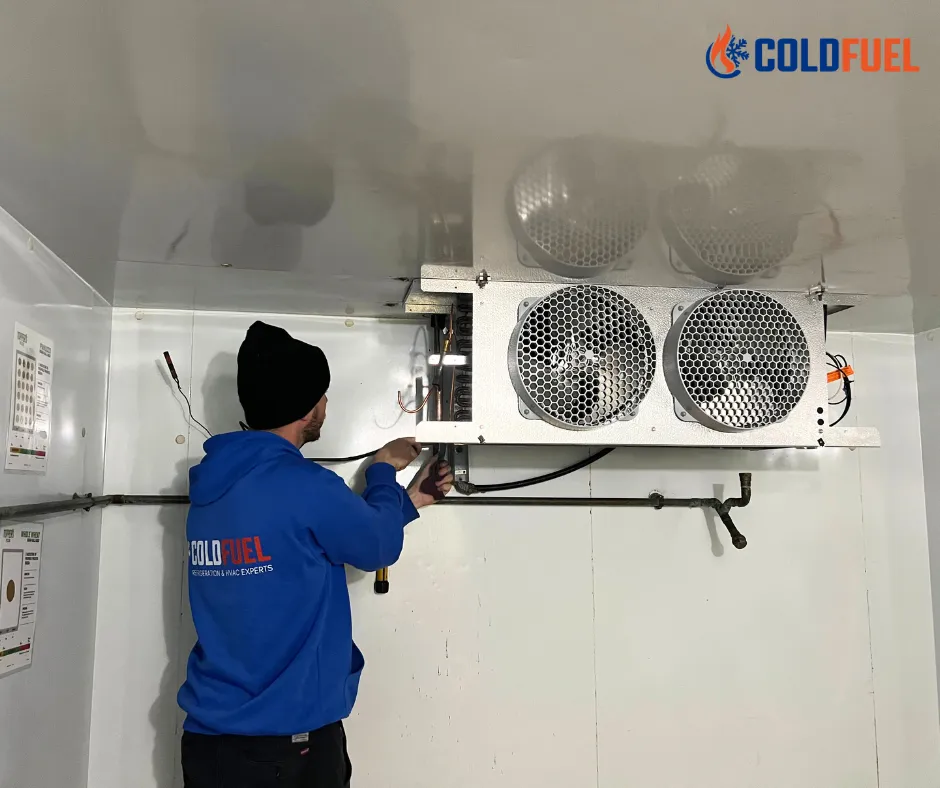If your business depends on a commercial cooling system for a data center, food storage, manufacturing, or even just keeping employees and customers comfortable – you already know how crucial it is to keep it running smoothly. However, what a lot of companies overlook is just how much regular commercial cooling maintenance can save in the long run. And no, it’s not just about avoiding emergency breakdowns (though that’s a big one).
Let’s break down why regular maintenance for commercial cooling systems is important.
Downtime Costs More Than You Think
One of the biggest myths in facility management is the “if it ain’t broke, don’t fix it” mindset. Waiting until something fails is a costly strategy. Unplanned downtime from a cooling failure can bring operations to a halt. Lost productivity, missed deadlines, spoiled goods, and unhappy tenants or customers – it adds up quickly.
Preventive commercial cooling maintenance helps catch small issues before they become system-wide failures. Technicians can identify worn parts, refrigerant leaks, electrical faults, and airflow problems early – meaning repairs are faster, cheaper, and don’t throw your whole day off schedule.
Lower Energy Bills? Yes, Please!
Poorly maintained cooling systems tend to run longer and harder just to achieve the same results. Dirty coils, clogged filters, and low refrigerant levels all force the system to overcompensate. And when that happens, your energy bill pays the price.
According to some industry estimates, a neglected system can use 20% more energy than a well-maintained one. So, yes, commercial cooling repair is important when something breaks, but a regular maintenance schedule is how you keep those energy costs in check every month.

Extend the Life of Your Equipment
Let’s be honest – commercial cooling systems aren’t cheap. Replacing them before the expected end of their lifecycle can be a serious financial blow. But just like with cars, a system that gets regular checkups lasts longer.
With routine maintenance, components are cleaned, lubricated, adjusted, and tested. That doesn’t just keep it running well, it slows down wear and tear across the board. You might be surprised at how many “end of life” cooling systems just needed consistent attention to keep going strong for a few more years.
Compliance and Warranty Coverage
Here’s something businesses often overlook: skipping maintenance can void your warranty. A lot of manufacturers require proof of routine servicing to honour their warranties. If your system fails and the manufacturer finds out it wasn’t properly maintained, well, that’s not a fun conversation.
On top of that, depending on your industry, you may need to meet certain regulatory standards for cooling and ventilation. A proactive maintenance plan keeps you in compliance and avoids last-minute scrambles before inspections.
What Should Be on a Maintenance Checklist?
Every system is a bit different, but at a minimum, a solid commercial cooling maintenance routine should include:
- Cleaning or replacing air filters
- Inspecting and cleaning condenser and evaporator coils
- Checking refrigerant levels and looking for leaks
- Inspecting electrical components and connections
- Testing thermostats and controls
- Lubricating moving parts
- Verifying airflow and duct integrity
If you’re not sure where to start, a qualified commercial cooling repair technician can customize a maintenance schedule based on your system and usage.
Regular commercial cooling maintenance isn’t just a nice-to-have, it’s a smart investment that reduces emergency repairs, lowers energy consumption, and keeps your operations running smoothly. The bottom line is that maintenance costs less than downtime.
To extend the lifespan of your commercial cooling equipment, just follow these simple tips. If you have any questions or concerns about your cooling systems, get in touch with our team. We’re here to help.

